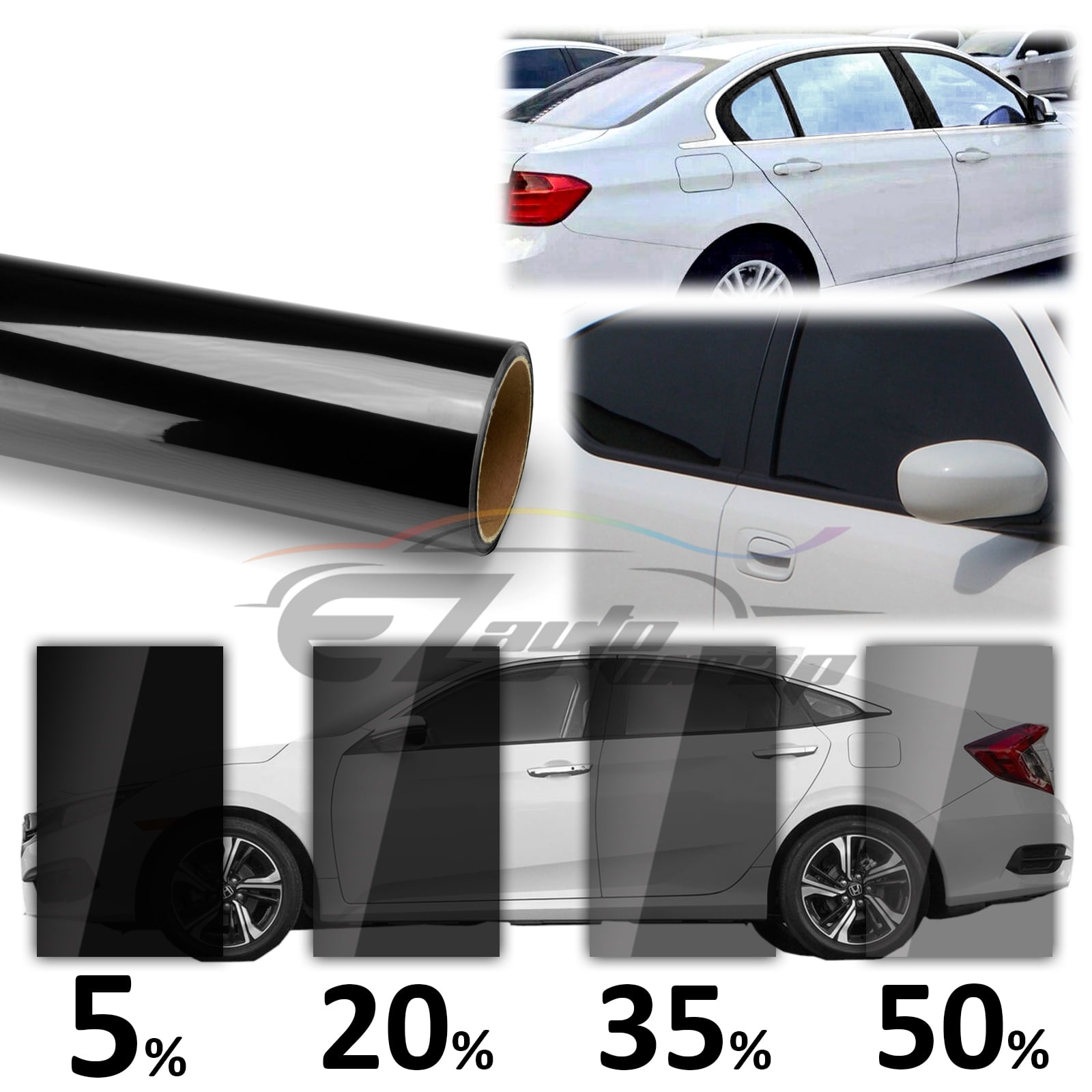Professional Window Tinting Tampa: Trustworthy and Effective Services in Your Location
The Complete Failure of Cars And Truck Window Tinting Regulations: Keep Informed and Avoid Expensive Penalties
Comprehending the ins and outs of auto window tinting laws is critical for every automobile proprietor. Allow's discover the subtleties of home window tinting regulations, from legal percentages to enforcement steps, and find the crucial tips for maintaining tinting compliance.

Importance of Understanding Tinting Regulations
Recognizing tinting legislations is important for car owners to guarantee conformity with policies and stay clear of prospective penalties or penalties. By being notified about tinting legislations, auto owners can make educated choices about their car alterations and avoid the trouble of having to get rid of illegal tint.
Along with lawful consequences, incorrect home window tinting can additionally affect exposure while driving, particularly during the night or in unfavorable weather condition problems. Dark window tints can lower presence for the chauffeur and obstruct the sight of pedestrians or various other lorries, increasing the risk of mishaps. window tinting near me. Comprehending the tinting legislations can assist vehicle drivers strike an equilibrium in between visual appeals and security
Furthermore, abiding by tinting guidelines can additionally protect against unneeded expenses. Removing illegal tint and paying fines can be costly, adding financial concerns to automobile proprietors. By adhering to tinting regulations from the beginning, drivers can avoid these added expenditures and ensure a smooth driving experience without disruptions from regulation enforcement.
Sorts Of Window Tinting Regulations
Having a clear understanding of the relevance of following tinting regulations, it is vital to recognize the different sorts of window tinting guidelines enforced throughout different states. These laws usually focus on the Visible Light Transmission (VLT) percentage, which determines the quantity of light enabled to travel through the tinted home windows. States like California have rigorous regulations, enabling only 70% VLT for the front side home windows and windscreen, while states such as North Dakota permit as much as 50% VLT. In addition, some states have varying guidelines for back windows and side windows behind the driver. It's critical for car proprietors to acquaint themselves with these particular regulations to prevent citations or penalties.
In addition, particular states may likewise have guidelines relating to the reflective residential or commercial properties of window tint and using certain shades. Reflective tint is typically forbidden, and shades like red, brownish-yellow, and yellow Homepage may not be enabled due to visibility problems. When tinting their home windows to guarantee conformity with the regulation., comprehending these nuances in home window tinting guidelines can assist vehicle owners make educated decisions.
Legal Tinting Portion Guidelines
Exploring the permitted tinting portions established by state regulations supplies important assistance for lorry proprietors seeking to abide by legal laws (car window tint). These standards determine the optimum allowable darkness for window colors, usually measured in Visible Light Transmission (VLT) percentage-- the quantity of light that can go through the tint. As an example, some states might permit a VLT of 70% on the front side home windows, while others only allow 50%. Back side home windows and the rear windshield typically have different VLT restrictions, which can differ between states.
Prior to using home window tints to a car, it is advisable to research and acquaint oneself with the tinting regulations certain to the state of enrollment. By complying with these policies, car owners can enjoy the advantages of home window tinting while staying on the best side of the law.

Enforcement and Repercussions of Violations
Enforcing discover here the established tinting percentage guidelines is crucial in maintaining conformity with state regulations on auto home window tinting. Regulation enforcement companies carry out regular checks to ensure vehicles fulfill the defined tint darkness limitations. To avoid these enforcement activities and possible dangers, it is necessary for automobile owners to stay educated regarding the tinting laws in their state and ensure their lorry's home window tints abide with the defined policies.
Tips for Compliant Window Tinting
To make certain conformity with car home window tinting regulations, it is important for vehicle proprietors to adhere to details pointers for choose and using window tints. Additionally, consider having a professional home window tinting solution set up the tint. By adhering to these tips, you can appreciate the advantages of home window tinting while staying within the confines of the regulation.

Final Thought
In verdict, it is important to be educated concerning vehicle home window tinting legislations to prevent prospective penalties and fines. Understanding the different kinds of regulations and legal tinting percentage guidelines can assist make certain compliance with the legislation.
Having a clear understanding of the value of abiding with tinting regulations, it is important to be conscious of the different types of window tinting policies imposed throughout numerous states. Recognizing these subtleties in home window tinting policies can help vehicle owners make informed decisions when tinting their windows to ensure conformity with the law.
Before applying window tints to an automobile, it is suggested to study and acquaint oneself with the tinting laws specific to the state of enrollment. To stay clear of these enforcement activities his comment is here and possible hazards, it is important for car owners to stay notified regarding the tinting regulations in their state and ensure their lorry's window colors comply with the defined policies.
To make certain compliance with car window tinting regulations, it is essential for lorry owners to adhere to particular pointers for selecting and using home window tints.